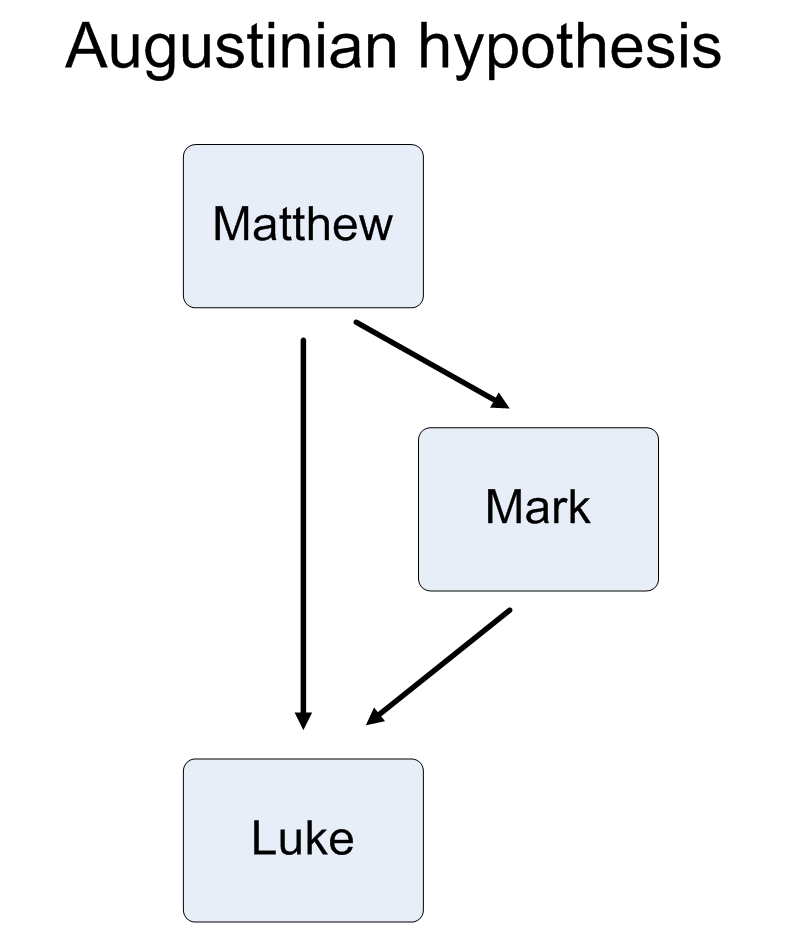Hello all, for extra credit points we are encouraged to post
on the course blog “thoughts that you have during class but don’t have a chance
to say or that occur to you after you leave class.” I’ve chosen to write a post
about my thoughts during our Rachel and Leah story discussion day. I really
liked how we used the worksheet/packet to have questions for discussion points
and to take notes. I was especially interested in the question about listing
all of Jacob’s children, who their mother was and the mother’s reaction at
birth. We didn’t have a chance to discuss this is class, but I took the liberty
to fill out a chart with that information and present it to you all. I’ve drawn
quite a few interesting conclusions about Rachel and Leah from their children’s
births. Here you go…
|
Names of Jacob’s
Children
|
Mother of Child
|
The mother’s
response…
|
|
Reuben
|
Leah
|
“now my husband will love me!”
|
|
Simeon
|
Leah
|
God has given her this child because she is hated
|
|
Levi
|
Leah
|
“now my husband is attached to me”
|
|
Judah
|
Leah
|
“This time I will praise the Lord!”
|
|
Dan
|
Bilhah
|
“God has heard my voice!”
|
|
Naphtali
|
Bilhah
|
I have prevailed over Leah!
|
|
Gad
|
Zilpah
|
“Good fortune has come!”
|
|
Asher
|
Zilpah
|
|
|
Zebulum
|
Leah
|
|
|
Dinah
|
Leah
|
“my husband will honor me”
|
|
Joseph
|
|
“may the Lord add to me another son!”
|
|
Benjamin
|
|
No response, she dies…
|
Firstly, I’d like to look at Leah. Doesn’t she sound a bit
selfish? She’s happy about the child that is born, but for all the wrong
reasons. She thinks that having Jacob’s children will make him happy, attach
him to her, etc. And then eventually she comes around and is thankful to God to
the babies and claims she will praise him for this child!
And is stark contrast, Rachel. She is much, much more
humble. She is thankful to God and happy for the arrival of her first son
Joseph. Sadly, we don’t get to hear/read her thoughts on the second baby
because she dies after a rough childbirth.
Leah and Rachel’s difference in attitudes is transferred
onto their children and how they interact with each other. I mean, the rest of
the brothers had to mean to Joseph
for some good reason, right?! No! We
all know that the only reason Joseph was treated differently was because is
mother was Rachel; and because Jacob loved Rachel first/more, of course Joseph
was going to be a favorite…
These siblings are a great example of “the apple doesn’t
fall from the tree…” We see Leah’s children being ungrateful at times, not
praising God for the great things that have come to them and picking on Joseph.
Whereas Joseph seems to be much more thankful for all the great things that
have come to him, like his dream reading capabilities.
We can also argue that the women’s reactions at childbirth
also influenced how God let their children’s lives carry on/play out. God might’ve also favored Joseph just a wee
bit.







